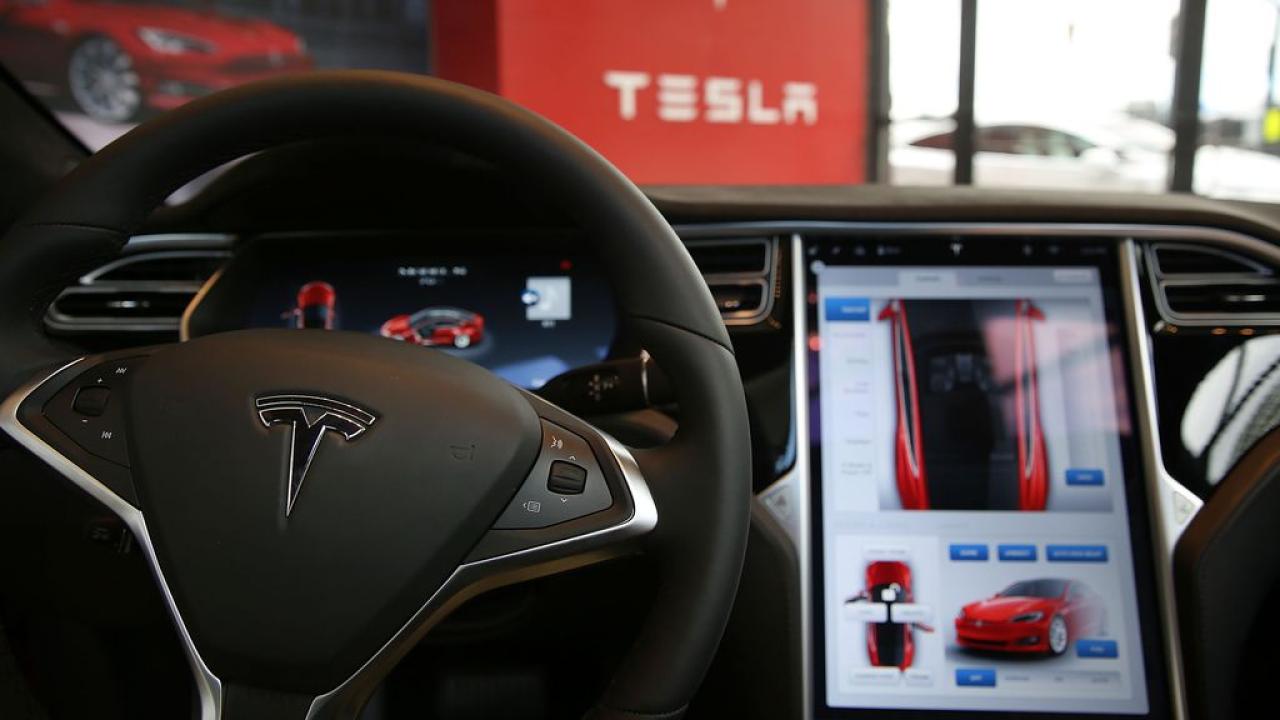
How Partially Automated Vehicles Could Lead to More Driving
How Partially Automated Vehicles Could Lead to More Driving
By Daniel Sperling and Scott Hardman
Full automation is projected to increase the use of individually owned vehicles, perhaps by as much as 60%. But what about partially automated vehicles, equipped with features such as lane centering, adaptive cruise control and automatic emergency braking?
The big picture: Early data on partially automated Tesla models suggest a similar trend, showing drivers racking up more miles than in otherwise comparable electric vehicles. This has potential negative consequences for congestion, energy consumption and emissions.
One explanation for the increased mileage is that partial-automation systems like Tesla’s Autopilot and Cadillac’s Super Cruise reduce fatigue and improve comfort for drivers. Other factors could also be at play. Perhaps Tesla buyers are a self-selected group who already drive more. Perhaps it’s not that Autopilot encourages more driving, but that more driving makes Tesla owners more comfortable with Autopilot (i.e., the direction of causality is reversed).
Fully automated vehicles will further increase comfort and reduce fatigue — even allowing occupants to sleep in transit — and will also be able to drive without occupants. These factors could increase vehicle miles traveled even more than partially automation, especially for privately owned vehicles.
Where it stands: More research is needed to fully understand these complex dynamics, since greater vehicle use which has consequences for climate change, air pollution and the maintenance of roads. Proactive policies, such as incentives for AV ride-sharing, may help to limit these adverse outcomes as partially automated vehicles become more ubiquitous and full autonomy grows nearer.
…Read the full story at Axios
